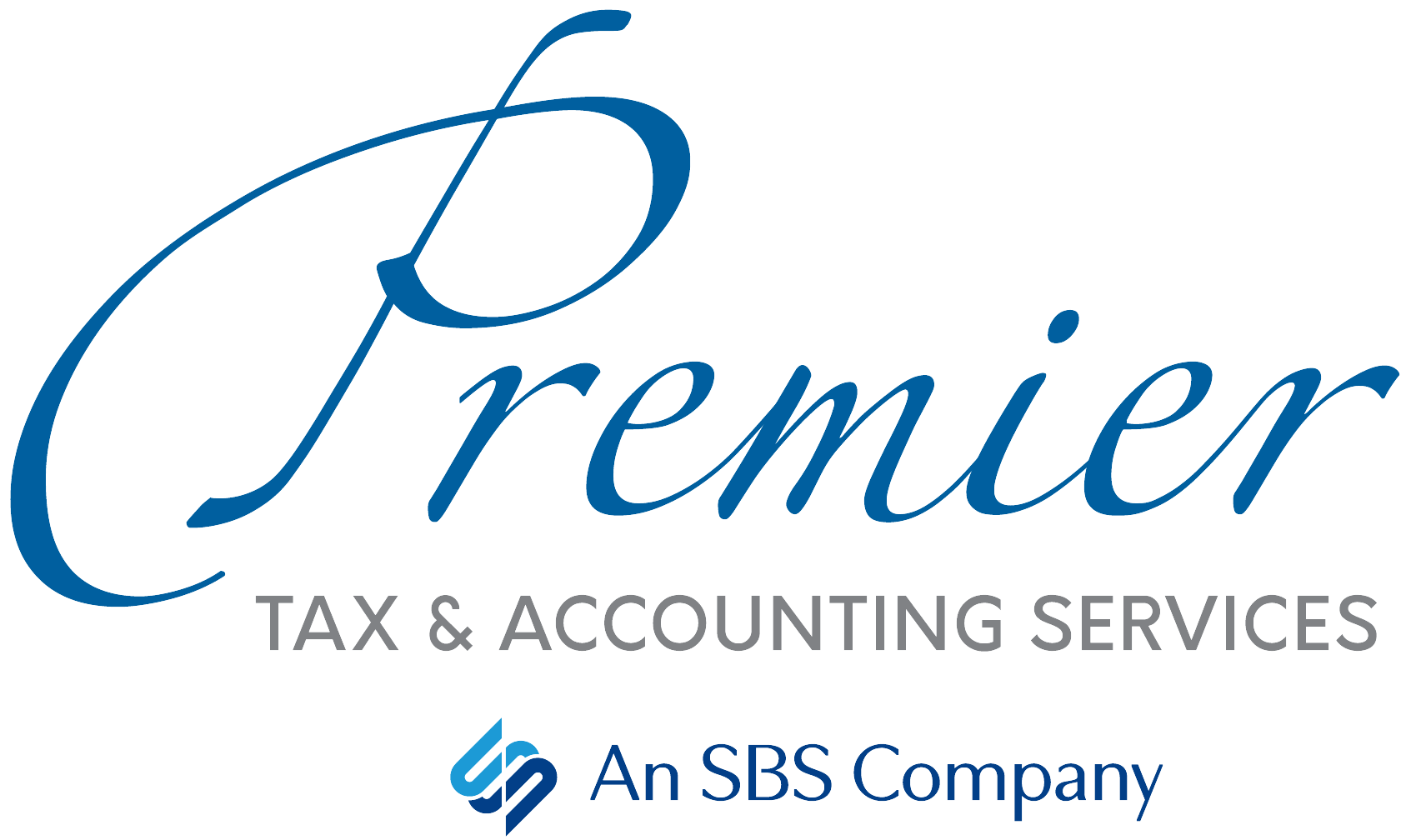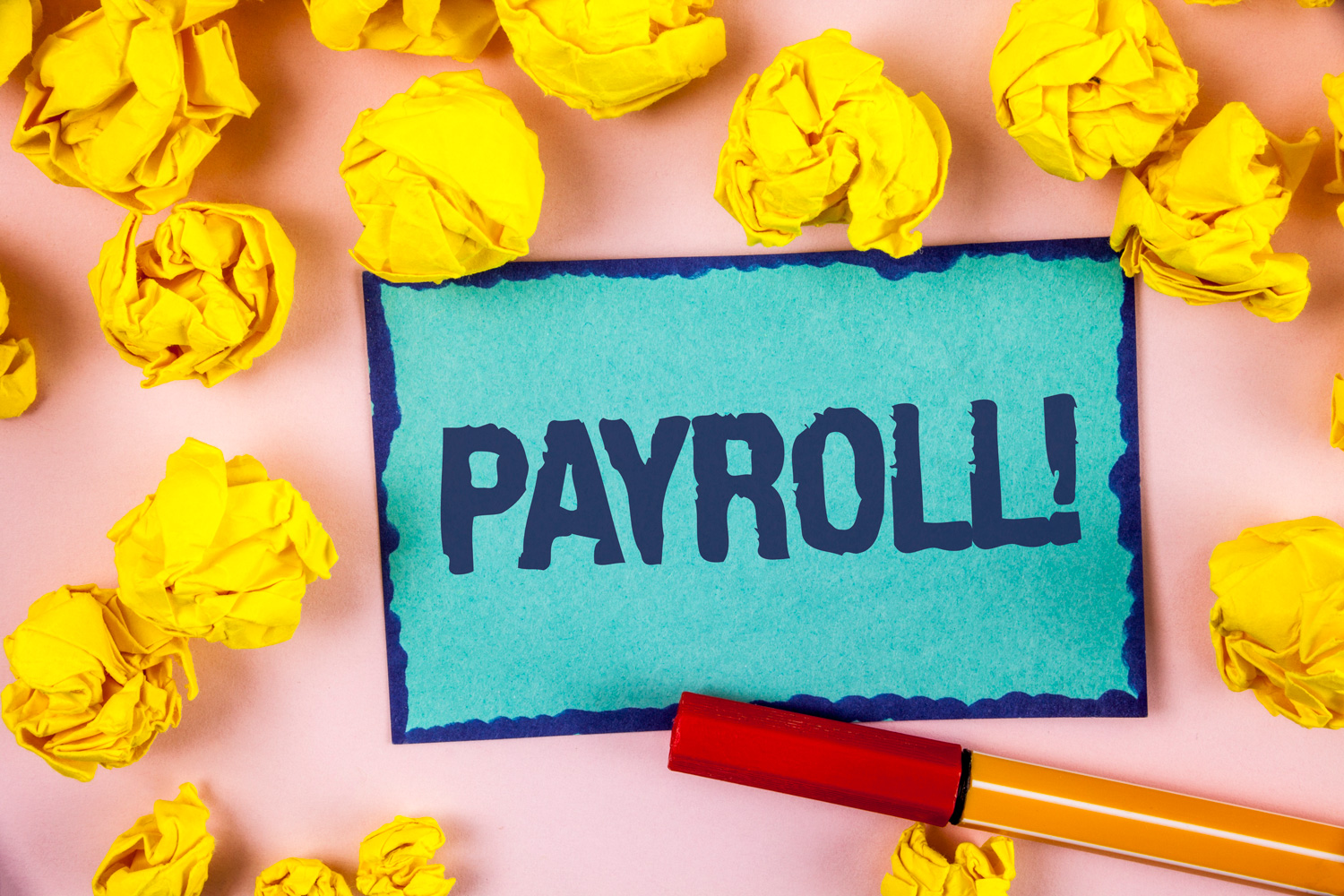In an effort to reduce the burden on workers, President Trump signed a memorandum on August 8 providing for the deferral of payroll taxes from September 1 through December 31, 2020. The new rule defers the employee portion of the old-age, survivors and disability insurance (OASDI) tax and Railroad Retirement Act Tier 1 tax for those whose pretax biweekly wages are generally less than $4,000. Note: Currently this is considered a tax DEFERRAL — not forgiveness — so tax will be due at a later date.
However, because the lack of detail in the memorandum left open a lot of questions, the American Institute of CPAs (AICPA) has requested guidance from the Treasury Department on handling the tax deferral. As soon as these issues are ironed out, we’ll be able to help you implement the tax deferral in your payroll systems. Details to come!
Source: Journal of Accountancy
PPP: Don’t Rush to Apply for Forgiveness
Are you one of the more than 5 million businesses that received a Paycheck Protection Program (PPP) loan? If so, you may be ready to apply for forgiveness.
However, experts are advising most small businesses to wait a little while to apply, even though the SBA opened the forgiveness portal last week. That’s because the SBA continues to make adjustments and issue new guidance (in the form of frequently asked questions).
The delay is mostly because Congress has been unable to agree on a new COVID-19 relief bill, which would hopefully address some outstanding issues. One such issue is whether expenses covered by PPP loans will be deductible on your 2020 tax return or not.
For example, SBA guidance recently issued clarifications for:
- Payments for vision and dental benefits, which are included in group health care and insurance premiums and are thus eligible to be paid with PPP funds.
- Payments of transportation utility fees assessed by state and local governments, which are eligible for loan forgiveness.
- Calculating reductions in loan forgiveness arising from reductions in employee salary or hourly wage.
- Sole proprietors, independent contractors and self-employed individuals, who qualify to use the simplified PPP Loan Forgiveness Application Form 3508EZ.
While you wait for Congress to act, take the time to gather up your paperwork so that you’re ready to apply when the time is right. If you don’t have a separate business account for the loan proceeds, be sure to keep good books and records that show how you spent the loan funds.
If you have any questions, please don’t hesitate to contact us. We’re here to help!
Source: CNBC
MONEY BRIEF #1
You can use the IRS Tax Withholding Estimator to determine the right amount of tax to be withheld and avoid surprises on your tax bill next year. Income tax withholding is generally based on your expected filing status and standard deduction. Adjusting withholding on your paycheck or revising the amount of your estimated tax payments can help prevent penalties. This is especially important if you work in the “gig” economy, have more than one job or experienced major life changes recently. This also applies if you received unemployment due to COVID-19 layoffs.
MONEY BRIEF #2
During the 2019 fiscal year, the IRS:
- Collected more than $3.5 trillion in taxes.
- Processed more than 253 million tax returns and other forms.
- Issued more than $452 billion in tax refunds.
- Was called or visited by nearly 61 million taxpayers.
- Received nearly 651 million visits to its website (irs.gov), where taxpayers downloaded almost 363 million files.



